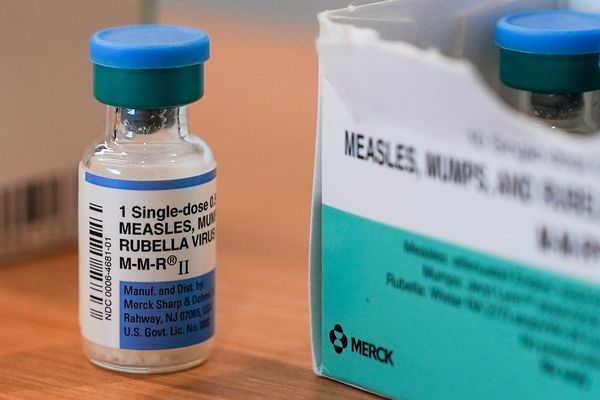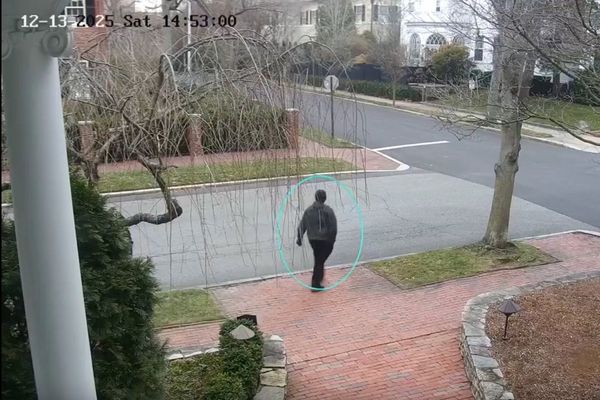Stargazers across the UK will be treated to the first total lunar eclipse for the first time since in years.
This weekend, on Sunday, September 7, a rare total lunar eclipse is set to take place, with the full Moon turning red.
A partial lunar eclipse took place in the UK in March, however, this is the first total lunar eclipse since 2022.
Here is all you need to know about the upcoming spectacle and how you can see it in the UK.
Must-See Sky Events in 2025
What is the difference between a lunar and solar eclipse?
It is important to note that this weekend's event is different to a solar eclipse.
As explained by the Royal Museums Greenwich (RMG), a lunar eclipse occurs when the Earth lies directly between the Sun and the Moon, and the Moon lies in the shadow of the Earth.
A solar eclipse, on the other hand, occurs when the Moon moves directly between the Sun and the Earth, which means the Earth is basically in the Moon's shadow.
However, due to the Moon being much smaller than the Earth, its shadow only covers a small area of the Earth's surface, meaning solar eclipses will only be visible from a certain region on Earth.

As RMG explains, there are "between two and five solar eclipses each year, with a total eclipse taking place every 18 months or so".
The next total solar eclipse in the UK will not take place until 2090.
What is a total lunar eclipse?
A total lunar eclipse is rarer than a partial one, as it requires the Sun, the Earth and the Moon to all lie in a straight line.
As the RMG says, this means that the Moon passes through the darkest part of the Earth’s shadow - the umbra.
During a total lunar eclipse, the Moon usually turns a dark red, hence the term Blood Moon.
🚨🚨: A rare Blood Moon’ and a partial lunar eclipse will light up the sky on September 7, 2025. pic.twitter.com/HgllayaCSG
— All day Astronomy (@forallcurious) August 29, 2025
This is because it is illuminated by light that has passed through the Earth's atmosphere and has been bent back towards the Moon.
This weekend's celestial event marks the first total lunar eclipse over the UK since 2022.
The next lunar eclipse over UK will only be a partial one but will not happen until August 2026.
How to see the Blood Moon lunar eclipse over the UK
The lunar eclipse on Sunday will not take place overnight, so you will not even have to change your schedule.
Tips for Night Sky Photos on Your Phone
The RMG says: "The moon will rise above the horizon just in time for us to see this total lunar eclipse from the UK.
The maximum will occur at 7.33pm BST from the UK, with the eclipse's actual maximum at 7.11pm when the moon is below the horizon.
"The moon will then gradually move out of Earth's umbra and penumbra until 9.55pm."
Recommended reading:
- WATCH: Family captures 'bright shooting star' on doorbell camera
- 'Thought I was seeing things': Brits shocked as 'shooting star' spotted in UK skies
- Northern Lights dazzle skies across the UK (and will be visible again tonight)
Due to the moon being low on the horizon, it is recommended to find a high point and a clear, unobstructed view to see it.
Those on the east side of the country will get a glimpse of the eclipse for longer.
Cloud cover may affect your visibility of the blood moon, so it is advised to check your local weather beforehand.







